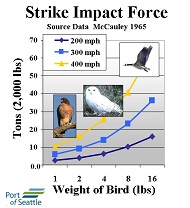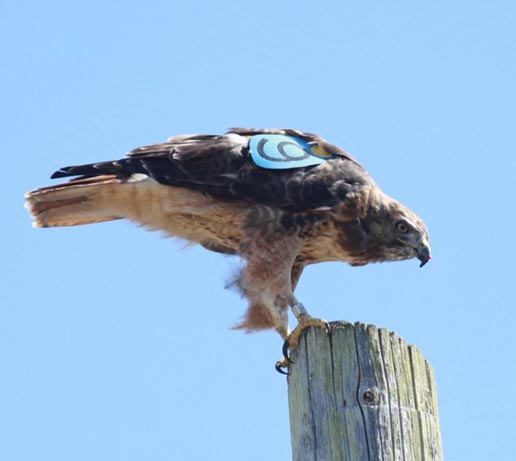Our Comprehensive Wildlife Management Programs
Like most airports, Seattle-Tacoma International Airport (SEA) has large tracts of open, improved land that provide an added buffer for both safety and noise mitigation. But these areas also provide an appealing home for animals. Wildlife and airplanes don't mix ... in fact, they're a downright dangerous combination.
SEA Airport has a comprehensive wildlife management program that makes the airport less attractive for certain wildlife species, thus ensuring a safe environment for aviation and passengers.
Large flocking birds -- especially waterfowl and gulls -- are a major concern, although other birds and mammals can also be problematic.
Nationwide, aircraft-wildlife strikes are the second leading cause of aviation fatalities (FAA 2003 data) and account for more than 40 percent of the foreign object debris (FOD) damage sustained by aircraft. Estimated damages to aviation from wildlife strikes exceed $500 million annually for U.S. carriers.
In 1976 we were the first U.S. airport to employ a full-time biologist and to develop an ecological approach to maintaining aviation safety and protecting wildlife. This position has evolved to promote wildlife conservation of certain non-hazardous species as well
.
- Airport Wildlife Hazard Mitigation Home Page
- FAA Electronic Wildlife Strike Reporting
- Bird Strike Committee USA
Have you seen a raptor like this? Email us. Learn more about our Raptor Strike Avoidance Program.






